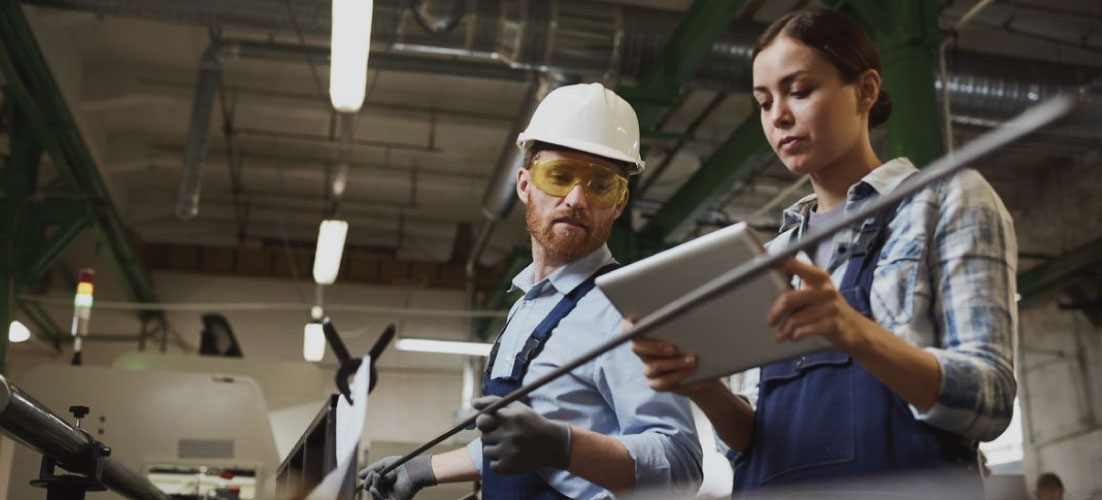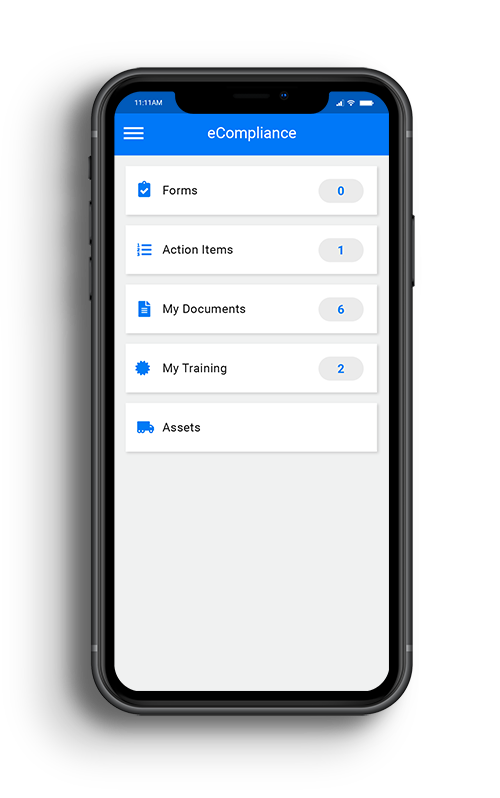
Share this Post
PUBLISHED
August 8, 2022
READ TIME
3 Minutes
WRITTEN BY
![]() Dina Adlouni
Dina Adlouni
Dina is the resident Content Writer at EcoOnline North America . When she’s not writing about health and safety, you’ll find her enjoying a cup of tea while watching her favorite sitcom.
What is Corrective and Preventive Action?
Managing hazards and improving your safety program and practices is a critical part of every organization. One way to do this effectively is when employers and employees know the difference between corrective and preventive action.
When the subtle difference between each is understood, a consistent process can be established across the organization. This will help strengthen your safety program and positively influence your safety metrics, giving you greater transparency into what is working well and what needs improvement.
Difference Between Corrective and Preventive Action
Before we delve any further, let’s dive into the difference between corrective and preventive action.
Here’s a brief breakdown:
- Corrective action: A corrective action is a measure taken to address a safety issue so that it does not happen again.
- Preventive action: A preventive action is one which is taken to prevent this gap or deficiency from happening at all.
When a deficiency occurs, a corrective action must be taken to correct it. This usually entails a process where the root cause analysis is identified, and actions are taken to rectify the issue so it does not happen again. This process must be consistent across the organization and known by all key players so it can be executed efficiently.
For example, a corrective action should be applied, if something is identified during an inspection that could create a loss in the form of an injury, incident, property damage, loss of reputation, etc.
A preventive action, on the other hand, is an action to help prevent a deficiency from happening at all. This process is different from the one described above and is more proactive than reactive.
For instance, having a plan in place for a new piece of equipment to minimize the chance of potential loss, is an example of preventive action. The employer must take steps to reduce the risk of incidents by having proper processes and procedures in place.
How EcoOnline Can Help
With the EcoOnline EHS management solution, employers can get 360-degree transparency into their safety programs. With this clarity and insight, they can easily identify gaps and deficiencies in their safety programs. This will help with executing corrective as well as preventive actions.
This digital solution also helps create a sense of accountability among the team and workforce, as corrective actions can be assigned and followed up on with ease. With our mobile app, employees or supervisors can easily take pictures of hazards they see in the workplace and send a notification to key stakeholders with the corrective actions needed.
Find out how the EcoOnline EHS management system helped one of our customers reduce their corrective action process from 15 or more days to close, to fewer than five days. Plus, learn how they were able to grow their number of monthly corrective actions completed by 400%. Read the full case study now.
“EcoOnline has made at least 30% of my time more efficient, freeing up time for more important EHS management tasks” – Aris Finnson, Safety Manager — Richcraft Homes
Want to learn more about how our EcoOnline EHS management solution can help you create a safer workplace? Speak to an EcoOnline representative today.
Learn How You Can Get EcoOnline
Complete this form and one of our safety experts will be in touch.

